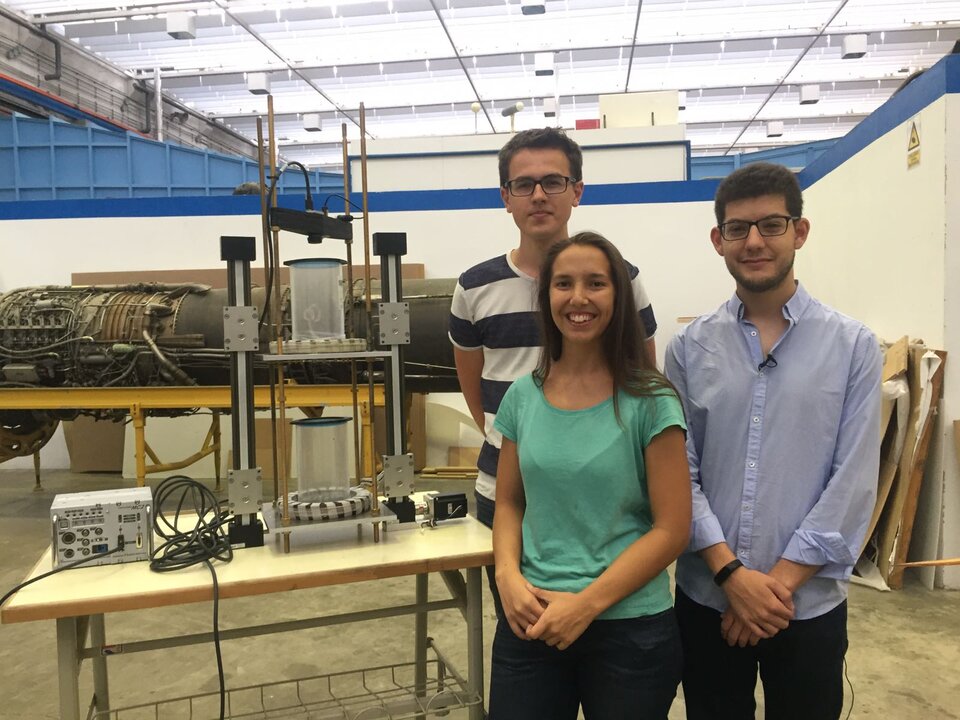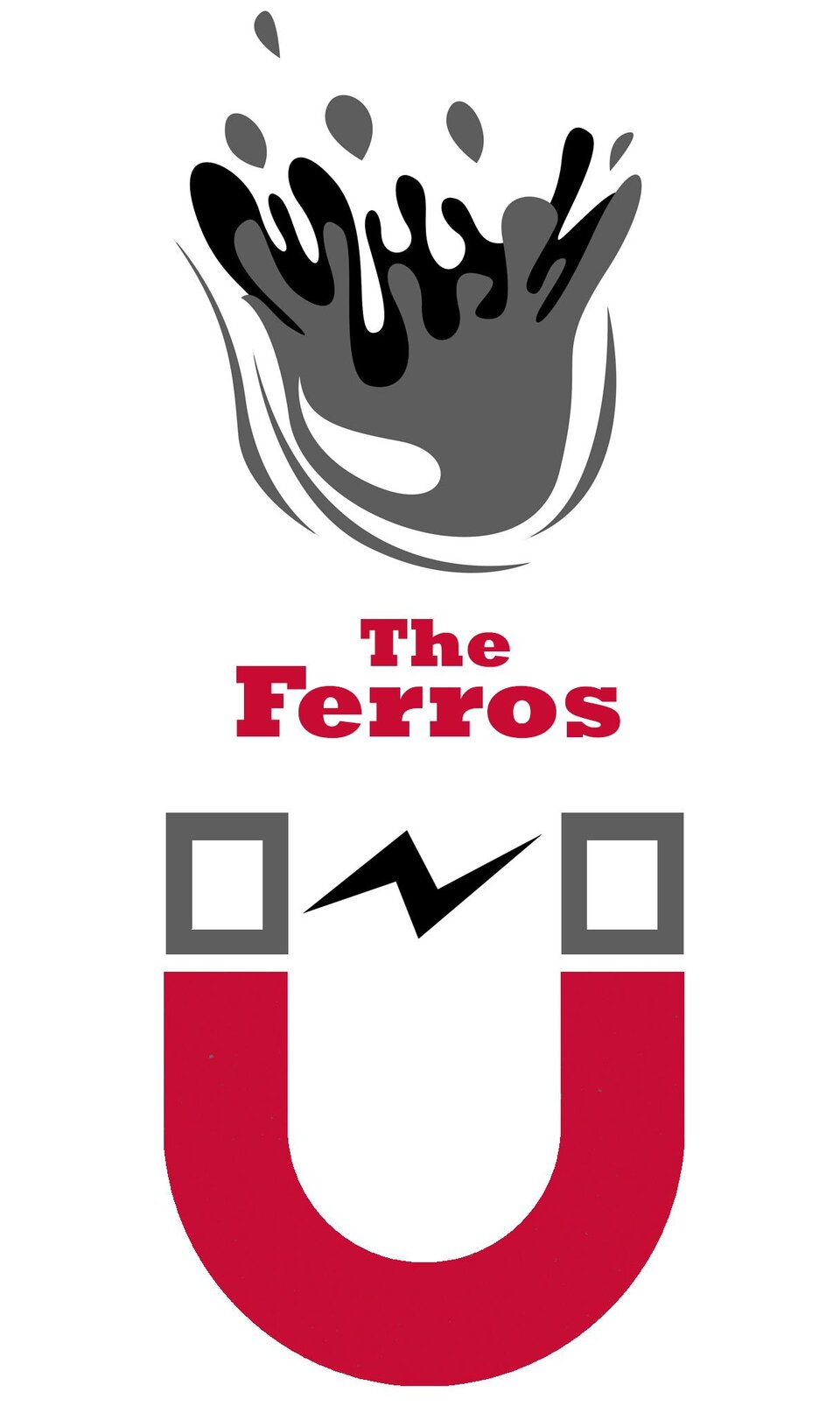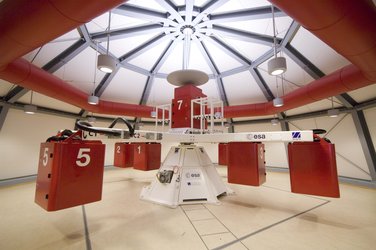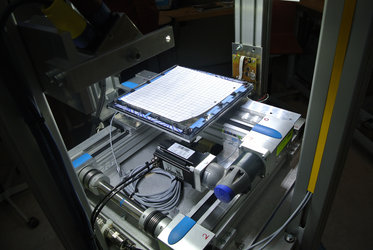Meet the teams: The Ferros
The Ferros team is composed of two Master students from the University of Seville in Spain and one Master student from the Delft University of Technology in the Netherlands. They are investigating the behaviour of Ferrofluids in microgravity.
![]()
![]()
Investigation of Ferrofluids Management and Model Validation in Microgravity Conditions
![]()
![]()
| University | University of Seville, Spain;Delft University of Technology, the Netherlands |
| Endorsing professor | PhD Associate Professor Elena de Castro Hernández (University of Seville), Assistant Professor Angelo Cervone (Delft University of Technology) |
| Team | Álvaro Romero Calvo, Tim Hermans, Lidia Parrilla Benítez |

Ferrofluids are colloidal suspensions of magnetic nanoparticles in a liquid carrier. Their magnetic susceptibility is several orders of magnitude larger than that of other magnetic fluids, which makes ferrofluids very attractive for many applications both on Earth and in space. Examples can be found in attitude control, optics, seals and bearings, cooling and biomedical applications. Other important fields of study concern thermomagnetic convection and fluid sloshing management.
The behaviour of ferrofluids in space is significantly different from those in a terrestrial environment because of the absence of a major body force like gravity. On the ground, magnetically-induced effects are strongly coupled to gravity effects, while surface tension becomes predominant in microgravity. Because of the limited possibilities and high costs to carry out microgravity research, there is little knowledge about the behaviour of ferrofluids in microgravity conditions. CFD models can provide a means to simulate this environment, but these models need to be validated with experimental measurements.

A contribution to the knowledge of the dynamics of ferrofluids in microgravity conditions will therefore be made. The experiment will investigate the free surface movement of different types of ferrofluids as a function of magnetic field strength and initial system acceleration. Microgravity conditions will be established using the ZARM Drop Tower in Bremen. Visualisation and quantification of the fluid motion will be realised using cameras and image post-processing. The observed ferrofluid behaviour will then be compared to predictions made with a CFD model.
It is expected that the results of the experiment will be a valuable step forward in the magnetic control of ferrofluids in space. Furthermore, the aim is also to provide the results of our experiment to the public, thereby increasing awareness of technology and making valuable data available to the scientific community. The quantification of the free surface position could then be used for validation of other CFD models and future fundamental research on ferrofluids.






